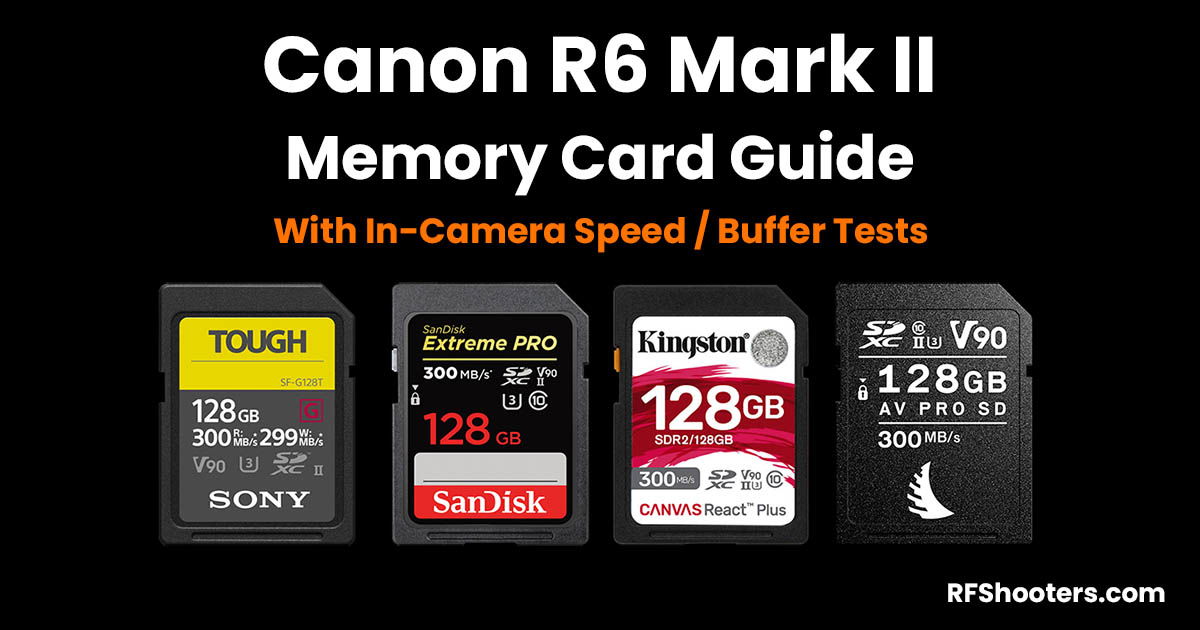I've done a lot of card reviews and have samples from almost all of the firms. Mostly CFexpress cards, but also SD cards. I really like Delkin, Sabrent, OWC, Angelbird in particular because in each of those cases I could reach a human quickly, and they allow for firmware upgrades. When Delkin made an improvement change that couldn't be handled by firmware alone, they just sent me a brand new one. Angelbird sent me a new one when part of the plastic exterior chipped in extreme cold. These companies are totally different than the others, which seem to operate as larger firms, more protected from direct consumer contact. Just my anecdotal experience, but it's probably equivalent to 20 normal people's amount of experience.
Sony, Lexar, SanDisk appear to have more problems. All three have a reputation for denying warrantee claims, with Lexar's extending from their parent company being on a US list for Chinese firms engaged in various naughtinesses. I had a Lexar B&H-bought card rejected for replacement because of export issues they had (had to come direct from manufacturer, rather than from B&H). Was a rabbit hole. Sony just flatly refused to honor a lifetime guarantee on SD cards. They referred me to a shell company created (and since abandoned) that they'd used for importing the cards to the US. Essentially, they branded the cards as lifetime warrantee, but didn't mention that the warrantor was a temporary shell company.
SanDisk has a serious product/brand management culture failure. There doesn't seem to be internal costs to selling data-losing products. I actually tracked down and briefly interviewed one of their CFexpress card engineers (in India) back when they were new to the category. My sense was that WD's management structure was very engineer-led, and there wasn't much of a consumer feedback mechanism.
The upshot: our old brand impressions from the DSLR days - when it comes to memory cards - are probably more misleading than useful. Also, I've found that many of the lower-$-per-GB cards tend to be better quality companies (Transcend being a notable exception). Prograde may be an exception to this, coming from the high end of the market. I've only heard good stories about their interactions with customers. Their cards are great too. I just don't have personal experiences with their service.
Finally, I found it interesting to discover that Canon has actually been talking to memory card makers over the last few years, especially in the CFexpress area. As it has been a new card standard, there's been a working out of certain kinks, with the card makers and Canon being much more cooperative than Canon typically is. You may recall that Canon's R5 was the first major product pushing the CFexpress standard. Some of the R5 Mark I firmware upgrades in the first year or two had to do with card reading and writing changes suggested by some of the manufacturers. The two who spoke to me on background about this issue were both among that group of smaller firms.
Sony, Lexar, SanDisk appear to have more problems. All three have a reputation for denying warrantee claims, with Lexar's extending from their parent company being on a US list for Chinese firms engaged in various naughtinesses. I had a Lexar B&H-bought card rejected for replacement because of export issues they had (had to come direct from manufacturer, rather than from B&H). Was a rabbit hole. Sony just flatly refused to honor a lifetime guarantee on SD cards. They referred me to a shell company created (and since abandoned) that they'd used for importing the cards to the US. Essentially, they branded the cards as lifetime warrantee, but didn't mention that the warrantor was a temporary shell company.
SanDisk has a serious product/brand management culture failure. There doesn't seem to be internal costs to selling data-losing products. I actually tracked down and briefly interviewed one of their CFexpress card engineers (in India) back when they were new to the category. My sense was that WD's management structure was very engineer-led, and there wasn't much of a consumer feedback mechanism.
The upshot: our old brand impressions from the DSLR days - when it comes to memory cards - are probably more misleading than useful. Also, I've found that many of the lower-$-per-GB cards tend to be better quality companies (Transcend being a notable exception). Prograde may be an exception to this, coming from the high end of the market. I've only heard good stories about their interactions with customers. Their cards are great too. I just don't have personal experiences with their service.
Finally, I found it interesting to discover that Canon has actually been talking to memory card makers over the last few years, especially in the CFexpress area. As it has been a new card standard, there's been a working out of certain kinks, with the card makers and Canon being much more cooperative than Canon typically is. You may recall that Canon's R5 was the first major product pushing the CFexpress standard. Some of the R5 Mark I firmware upgrades in the first year or two had to do with card reading and writing changes suggested by some of the manufacturers. The two who spoke to me on background about this issue were both among that group of smaller firms.
Upvote
0

